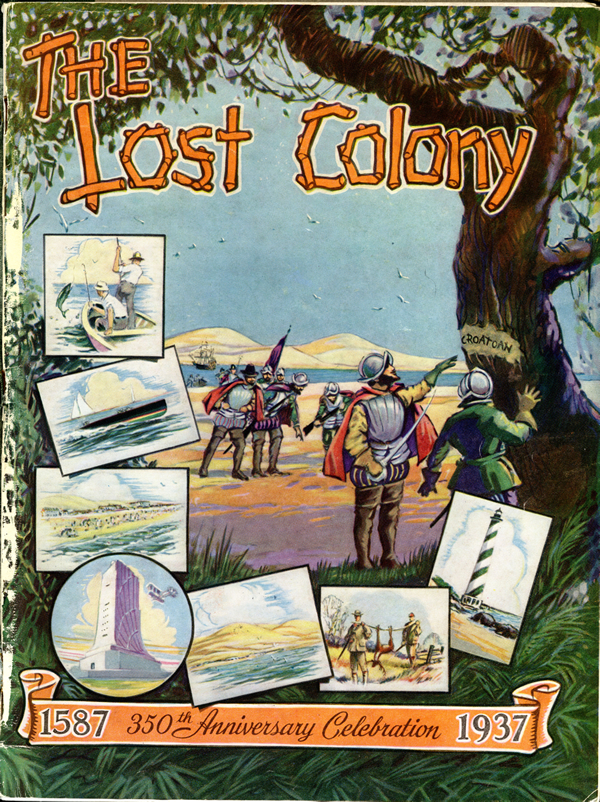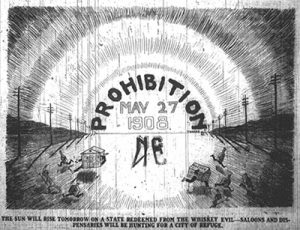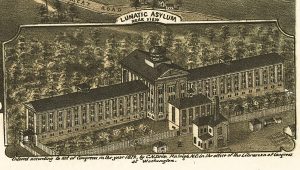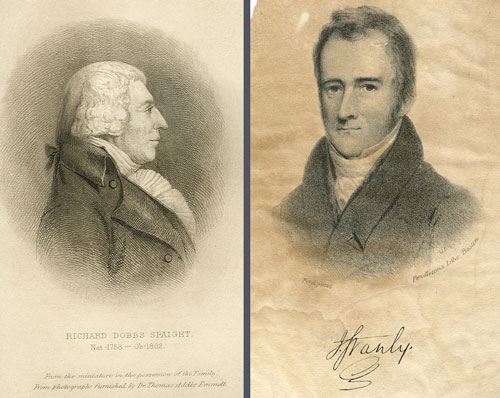This Month in North Carolina History

In August of 1887 “The Goophered Grapevine,” a short story by Charles Waddell Chesnutt appeared in the Atlantic Monthly. It was the first story by an African American ever printed in that respected magazine and marked the emergence of Chesnutt on the American literary scene. Chesnutt’s father, Andrew Jackson Chesnutt, had been born a mixed-race, free person of color in Fayetteville, North Carolina, but had moved his family to Cleveland, Ohio, where Charles Chesnutt was born.
After the Civil War, the elder Chesnutt returned to Fayetteville with his family to open a grocery store. Charles Chesnutt spent seventeen years of his life in North Carolina gaining what formal instruction he could and beginning an ambitious program of self-education. He married Susan Perry of Fayetteville and began a family. After several years as a teacher and school principal, Chesnutt left the state with his wife and children and ultimately returned to Cleveland where he established a successful career as a stenographer and attorney. Chesnutt was determined to provide for his family through his stenographic business, but he was also drawn to literature and writing.
While in North Carolina he had collected ideas for characters and tales from the African American community around him and in the 1880s began submitting stories to the popular press. Although his first efforts were derivative of popular fiction of the day, Chesnutt returned to his roots for “The Goophered Grapevine.” In the short story, set in eastern North Carolina, a northern, white visitor describes a conversation with Uncle Julius McAdoo, an old freedman, who tells a strange tale of a cursed grapevine in his African American dialect.
“The Goophered Grapevine” resembles the plantation fiction of such popular authors as Thomas Nelson Page, but while Page wrote sentimentally of the love of ex-slaves for their white masters and the good life of the old plantation, Chesnutt wrote of African Americans who viewed the antebellum world in which they had lived with less affection and more honesty. Uncle Julius is a shrewd man with a hidden agenda. His former master was both gullible and comically dishonest, and surrounding the world of slave and master is “conjure,” a mixture of superstition and magic. “The Goophered Grapevine” is Chesnutt’s most anthologized work and appears as one of several similar stories in his first book, The Conjure Woman.
Chesnutt continued to write short stories but devoted himself particularly to novels in which he dealt more seriously with the interaction of race and southern society. Although his work was critically well received, he never achieved financial independence as an author, and in the latter part of his life Chesnutt devoted himself to writing speeches and essays on racism in the United States. His literary reputation declined in his lifetime, but modern critics place Charles Chesnutt in the first rank of African American and southern writers.
Sources:
William L. Andrews. The Literary Career of Charles W. Chesnutt. Baton Rouge, La.: Louisiana State University Press, 1980.
Charles W. Chesnutt. The Conjure Woman. Boston: Houghton, Mifflin and Company, 1900. Available online from Documenting the American South.
Jesse S. Crisler; Robert C. Leitz, III; and Joseph R. McElrath, Jr., An Exemplary Citizen: Letters of Charles W. Chesnutt, 1906-1932. Palo Alto, Calif.: Stanford University Press, 2002.
Julian Mason. “Chesnutt, Charles Waddell.” In American National Biography, vol. 4. New York: Oxford University Press, 1999.












